In recent years, smart TVs have become ubiquitous in the market. These devices typically come equipped with built-in receivers for terrestrial, cable, and satellite TV, along with applications from media libraries and various streaming services. For most users, there is no need for additional devices such as Amazon Fire TV, Google Chromecast, or Roku TV.
However, over time, concerns have arisen about smart TVs becoming less “smart.” Reports indicate that as time progresses, many TVs fail to receive timely updates to their operating systems. Consequently, applications that once functioned well may become obsolete, forcing users to rely on external devices to access streaming services.
1. Evolution and Challenges of Smart TVs
Since their introduction, smart TVs have evolved through several stages. Initially, smart TVs offered basic internet connectivity and a limited selection of apps. As technology advanced, consumer expectations increased. Modern smart TVs are now expected to support a range of streaming services like Netflix, YouTube, and Disney+, and they must remain compatible with new applications and features.
A significant issue with many smart TVs is the lack of timely software updates. Often, manufacturers fail to provide adequate post-purchase support, leading to outdated systems and applications that no longer function properly. As a result, users frequently need to purchase additional external devices, such as Amazon Fire TV, Google Chromecast, and Roku TV, to enhance their TV’s streaming capabilities. This not only increases user costs but also detracts from the overall smart TV experience.
2. Manufacturer Responses and Commitments
In response to these challenges, TV manufacturers have started to reassess their strategies and offer more robust solutions. For instance, in 2023, LG committed to providing at least five years of updates for its new smart TVs running the webOS operating system. This commitment reflects LG’s recognition of the need for ongoing support and user satisfaction.
Samsung, a major player in the TV industry, has introduced an even more generous update policy. According to a report from The Korea Economic Daily, Yong Seok-woo, head of Samsung’s Visual Display Division, announced that Samsung will provide at least seven years of free updates for its smart TVs equipped with the Tizen operating system. This commitment extends to TVs released this year and certain models from the previous year. Thus, Samsung TV owners will benefit from seven years of free operating system and software updates, ensuring their TVs remain smart and applications stay compatible.
3. Samsung’s Strategic Moves and Market Competition
Samsung’s decision to offer a seven-year update guarantee is part of its broader strategy to maintain a competitive edge. The company aims to distinguish itself from Chinese competitors, such as Xiaomi, TCL, and Hisense, which have made significant inroads in the global market with their cost-effective and rapidly evolving technologies. By offering a comprehensive update guarantee, Samsung seeks to attract consumers and solidify its position in the market, particularly in terms of software support and customer service.
This update commitment by Samsung not only demonstrates confidence in its technology but also underscores its strategic effort to outpace competitors. However, specific details regarding which models are covered by this update guarantee are yet to be fully disclosed, requiring consumers to verify the coverage for their chosen models before purchase.
4. User Expectations and Future Prospects
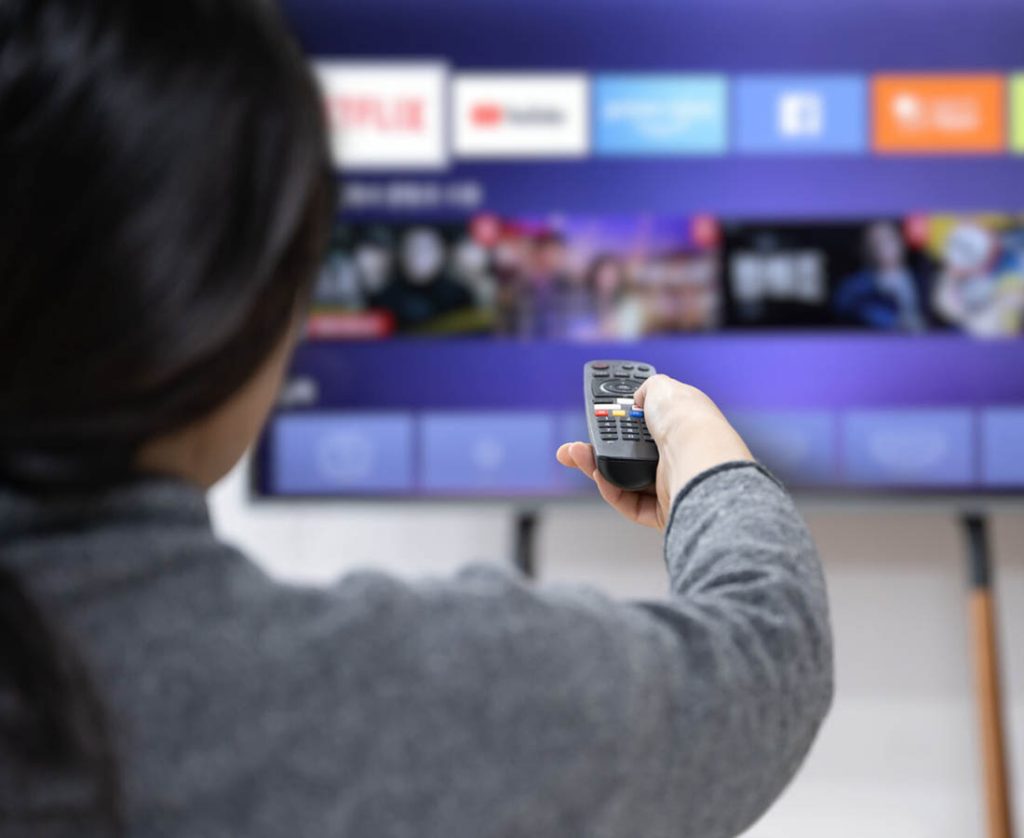
For smart TV users, the promise of a long-term software update guarantee is a significant advantage. It means their TVs will continue to be compatible with the latest applications and features, extending the device’s useful life and minimizing the need for additional external equipment. Nonetheless, consumers should also consider other important factors when purchasing a TV, such as display quality, sound performance, and the usability of the operating system.
Looking to the future, smart TV technology is expected to advance further, presenting both opportunities and challenges for manufacturers. Emerging technologies, such as artificial intelligence, virtual reality, and augmented reality, are likely to influence the development of future smart TVs, potentially introducing new features and capabilities. Manufacturers will need to continually adapt to these changes, improve their products, and enhance customer service to meet evolving consumer demands.
Samsung’s seven-year update guarantee represents a significant response to the challenges faced by smart TV users and sets a new standard for the industry. As technology progresses and market dynamics evolve, it is anticipated that smart TVs will become even more intelligent and user-friendly.
Additional Notable Smart TV Models
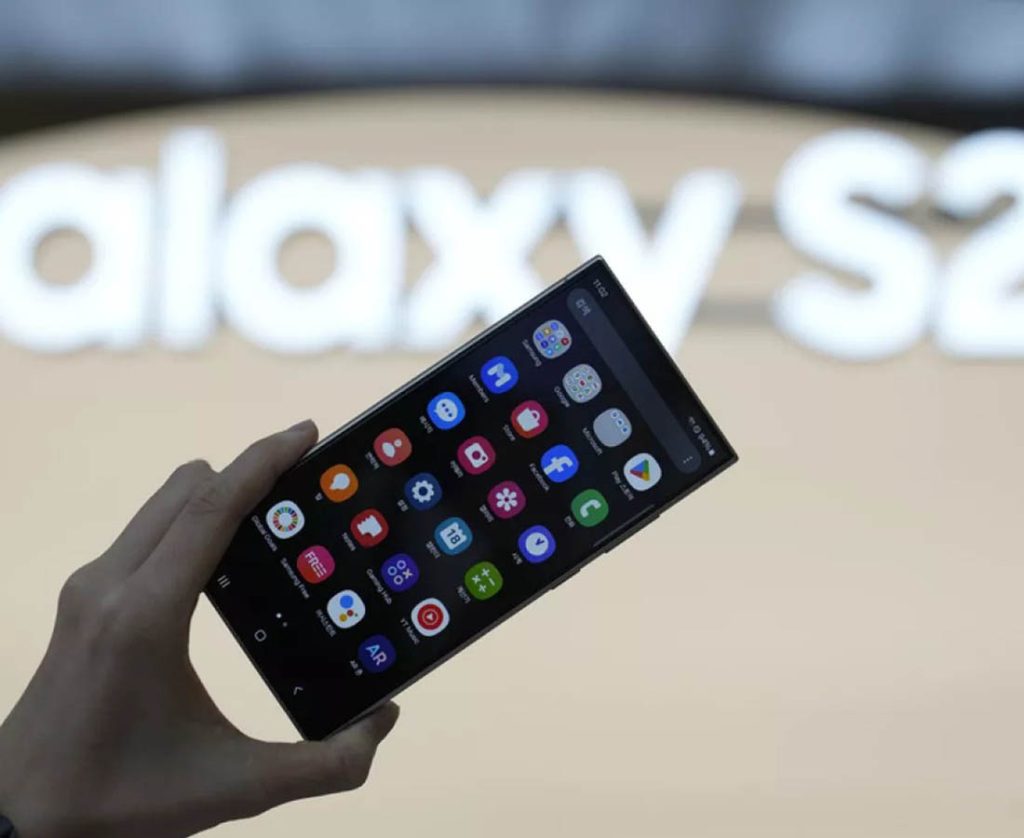
To provide a more comprehensive view, here are some additional smart TV models from other manufacturers that have garnered attention in the market:
- LG OLED C1 Series: Known for its exceptional picture quality and vibrant colors, the LG OLED C1 Series offers a range of sizes and advanced features, including Dolby Vision and Dolby Atmos support. LG’s commitment to long-term software updates with its webOS platform is also a key selling point for this series.
- Sony Bravia X90J: The Sony Bravia X90J is renowned for its excellent color accuracy and contrast, thanks to its full-array LED display. It features Google TV for a smooth user experience and supports various HDR formats, including HDR10 and Dolby Vision.
- TCL 6-Series (R646): The TCL 6-Series is popular for its affordability and impressive performance. It includes QLED technology for better brightness and color, along with Roku TV for a user-friendly interface. TCL’s commitment to software updates ensures a reliable and evolving smart TV experience.
- Hisense U8H: The Hisense U8H offers strong performance with its ULED technology, providing vibrant colors and high brightness levels. It runs on the Google TV platform, which supports a wide range of apps and services. Hisense’s focus on providing updates helps maintain the TV’s functionality over time.
These models, alongside Samsung’s offerings, illustrate the diverse options available to consumers seeking smart TVs that meet their needs for both current and future performance.
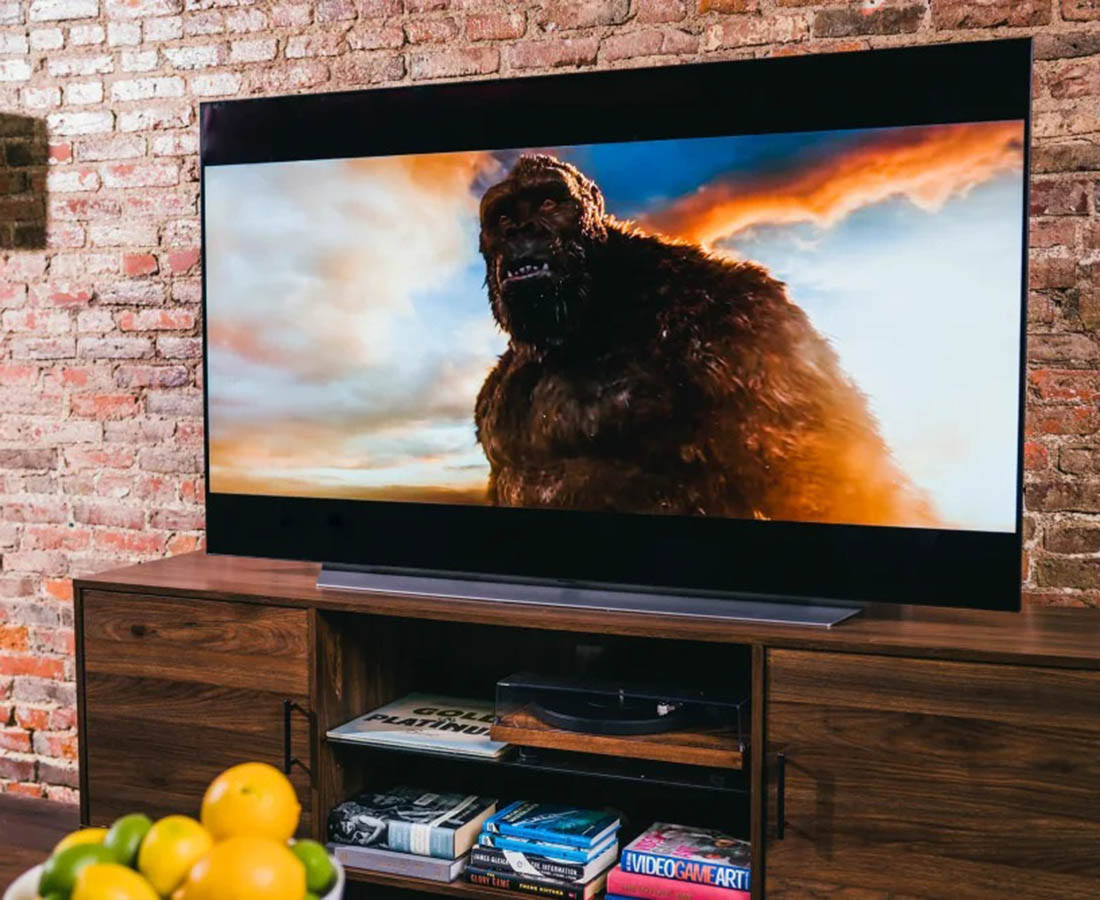
-768x628.jpg)
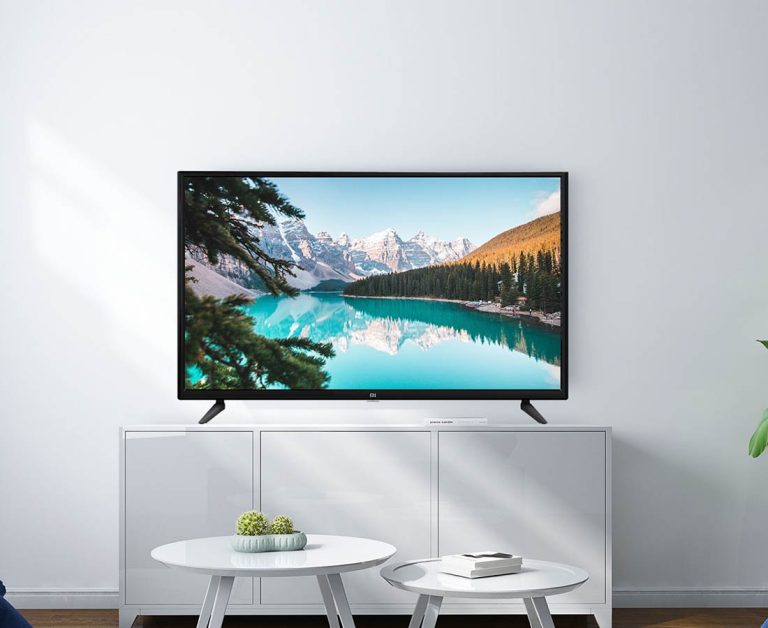
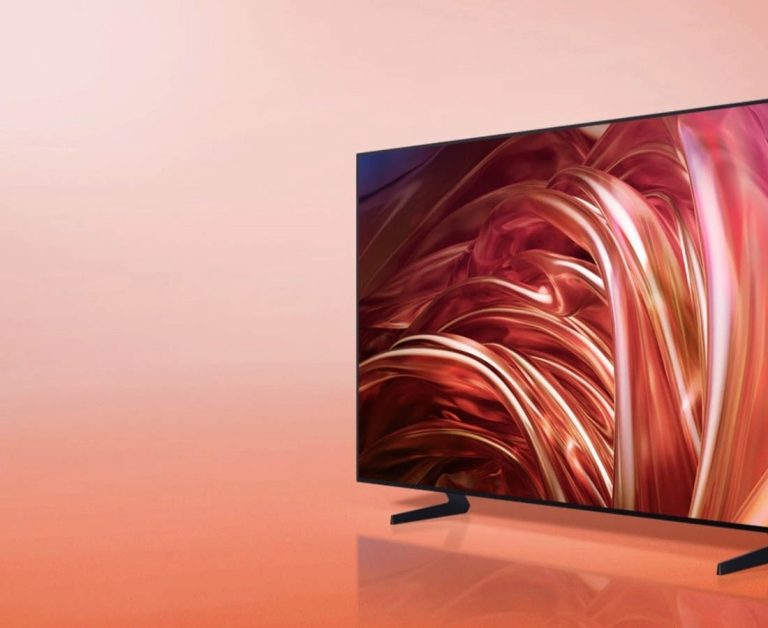

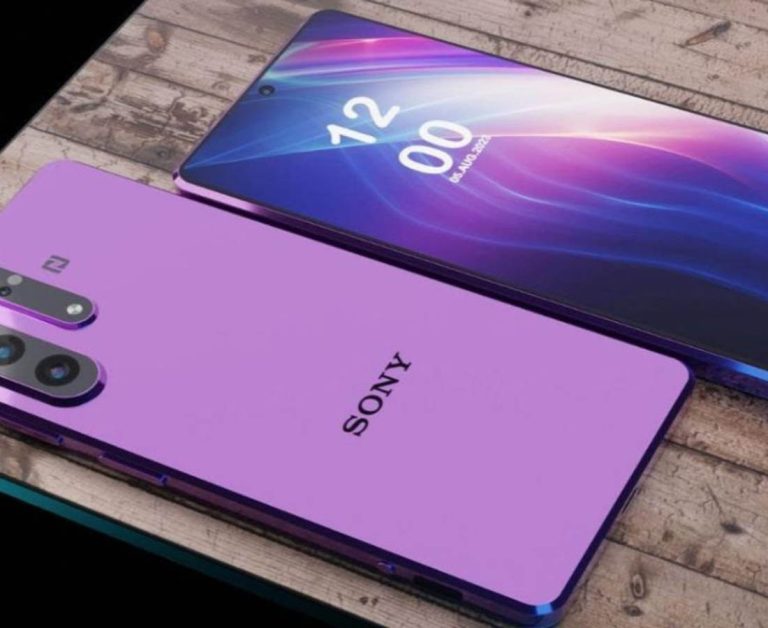
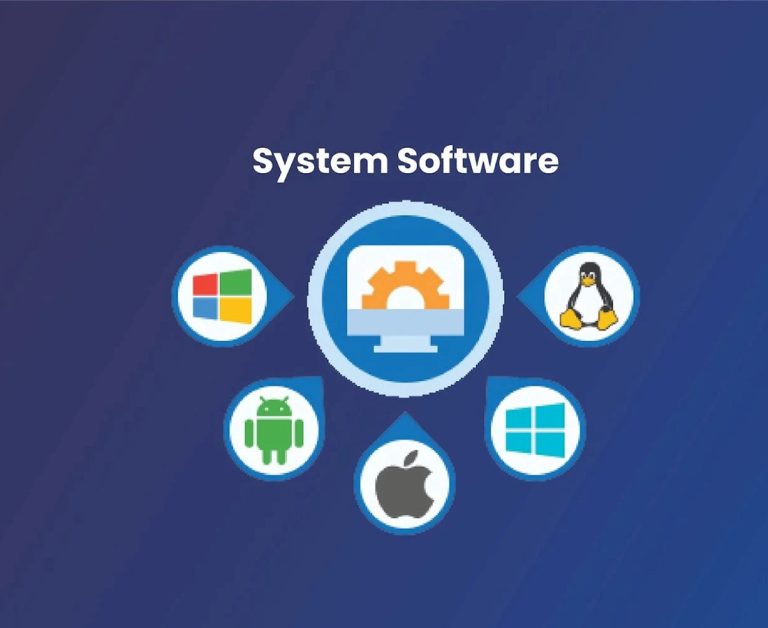
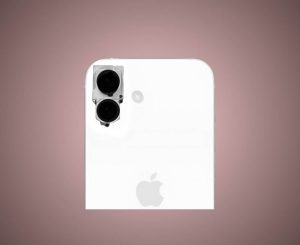
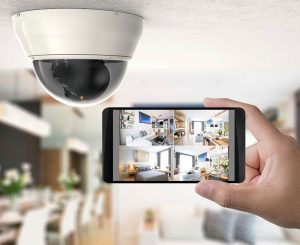
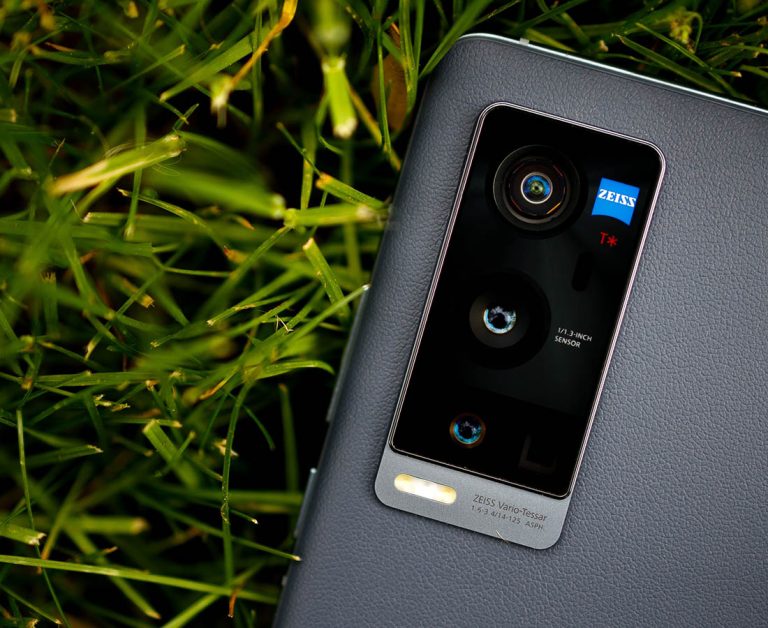

-768x628.jpg)
+ There are no comments
Add yours